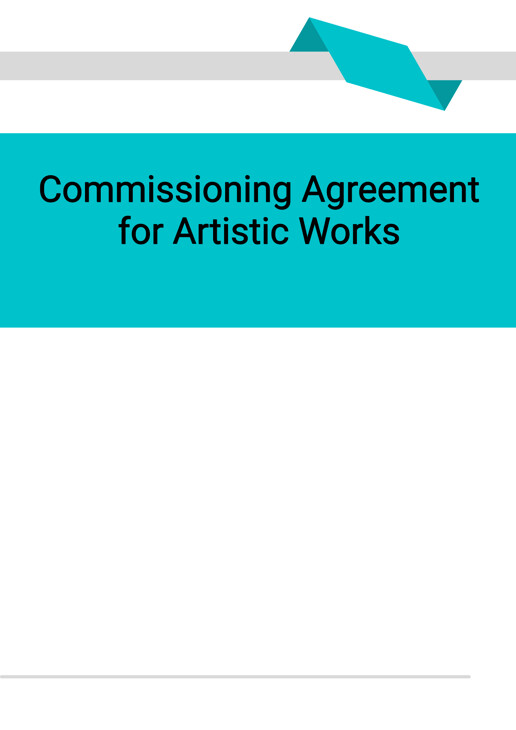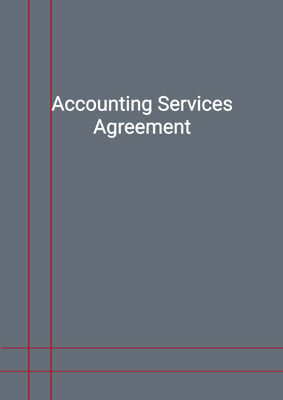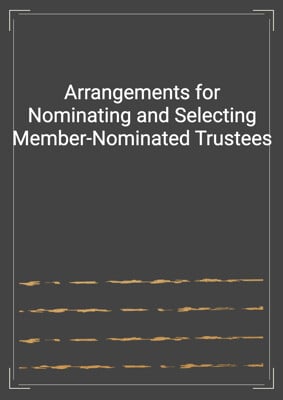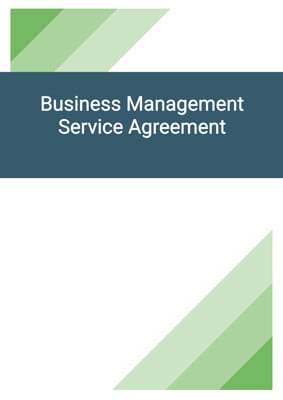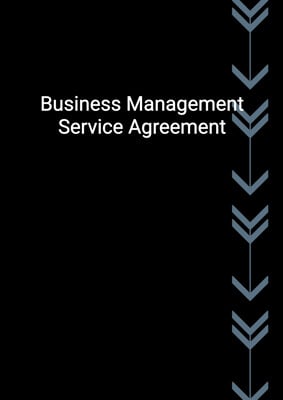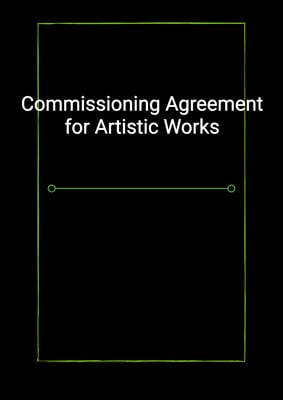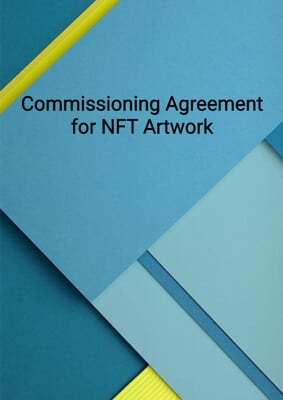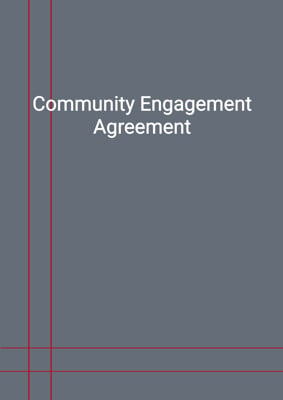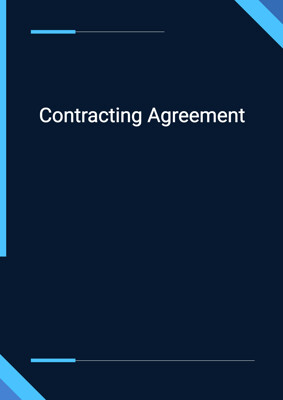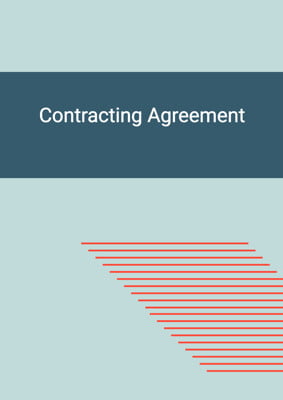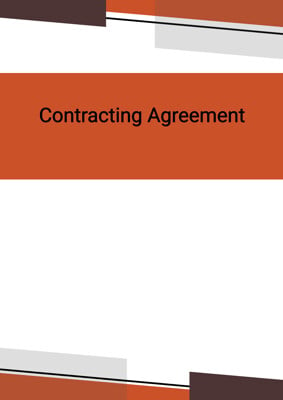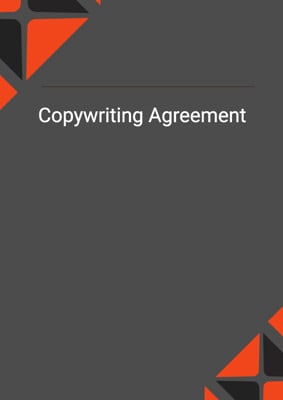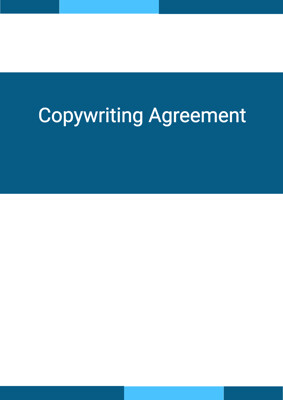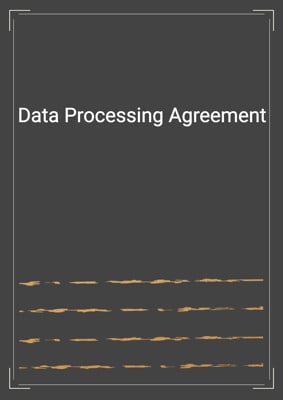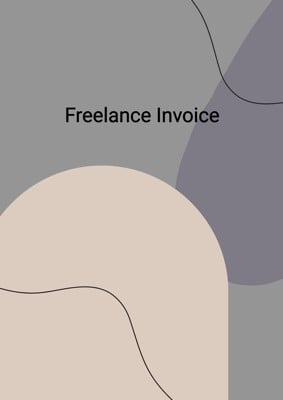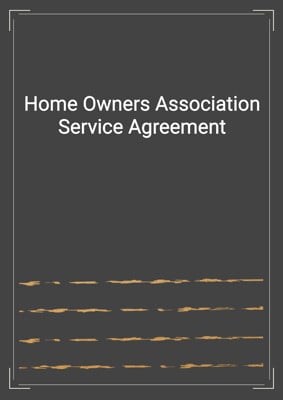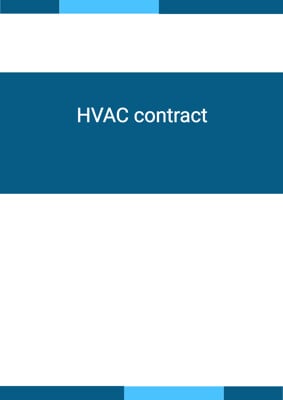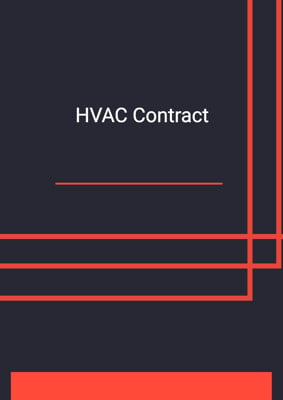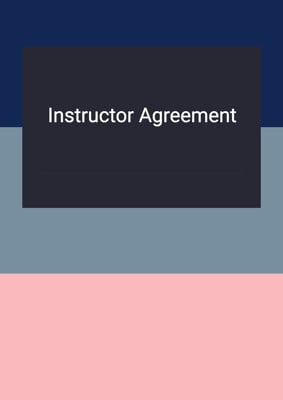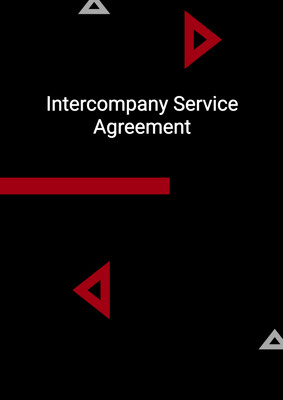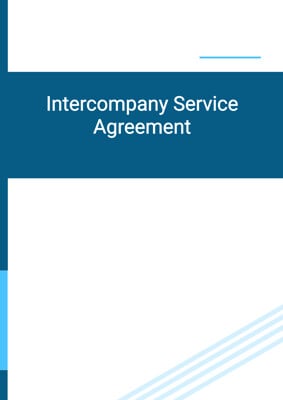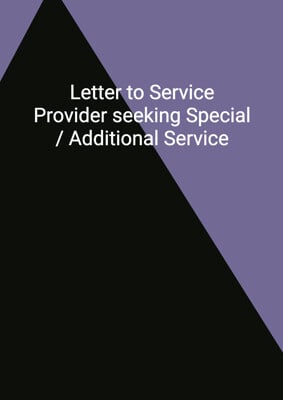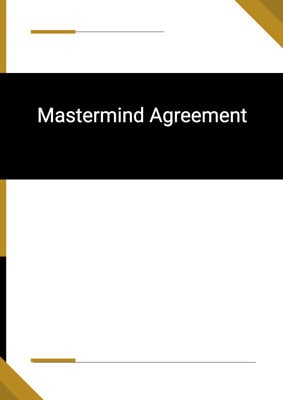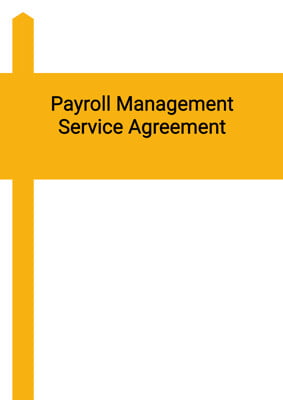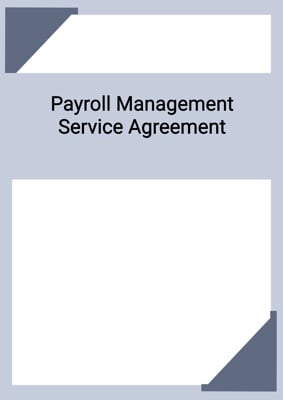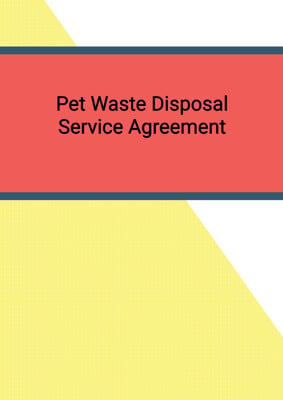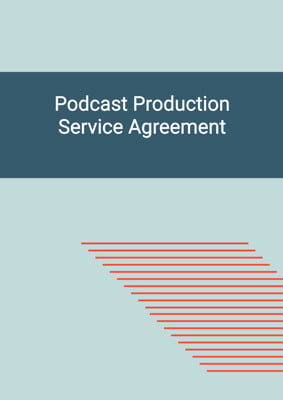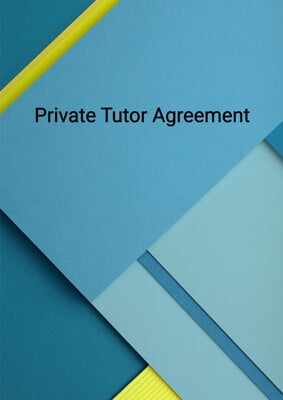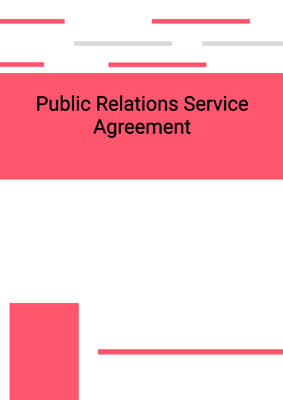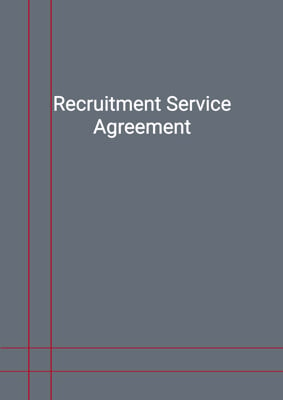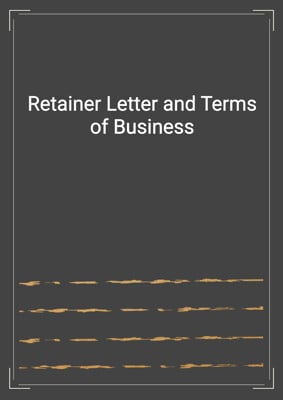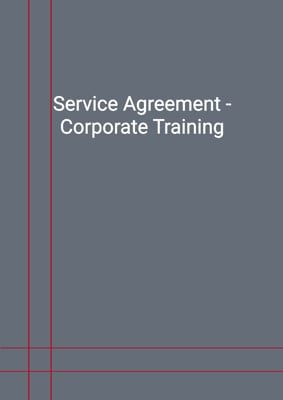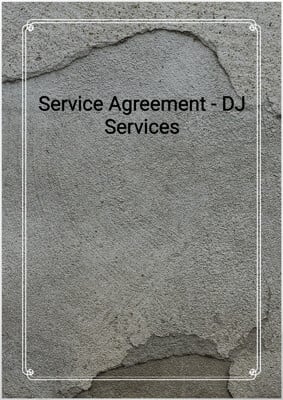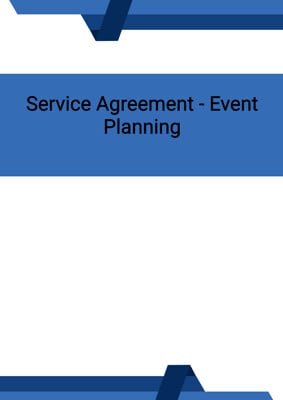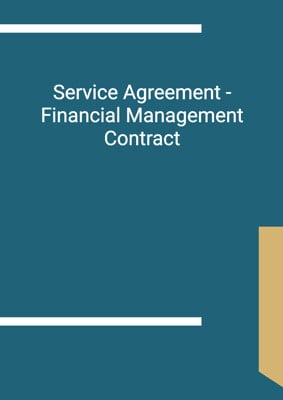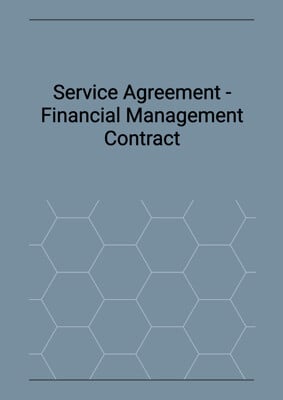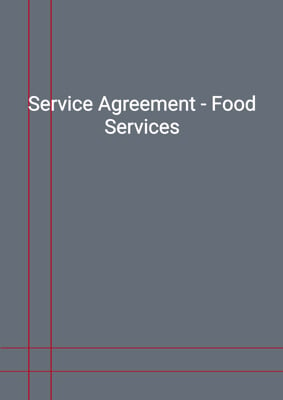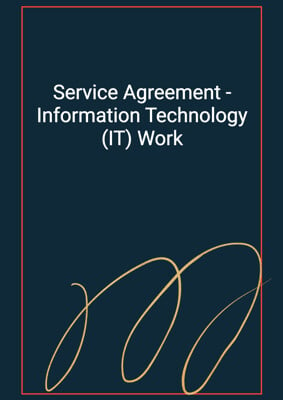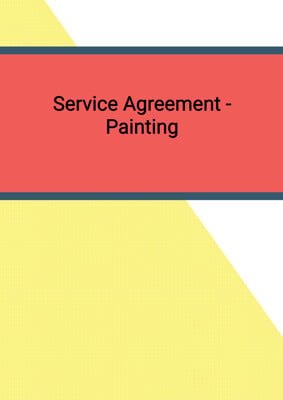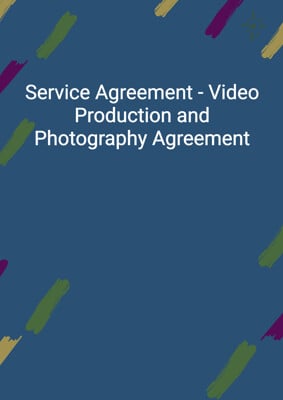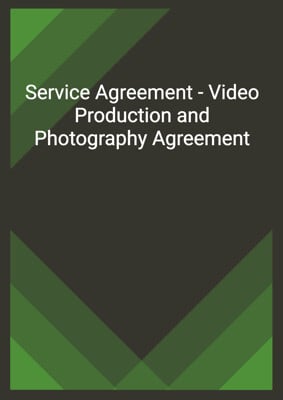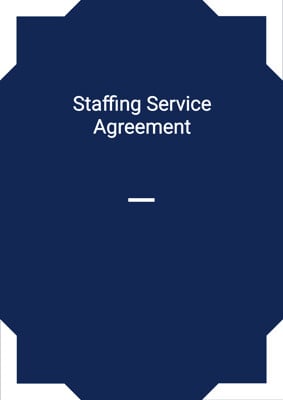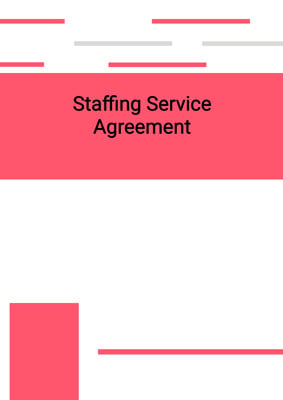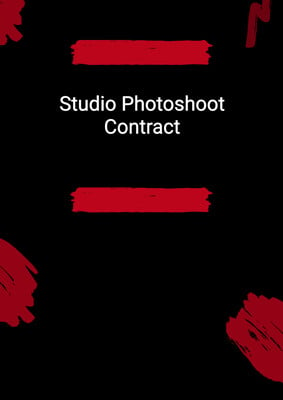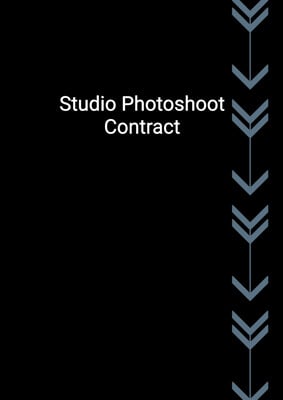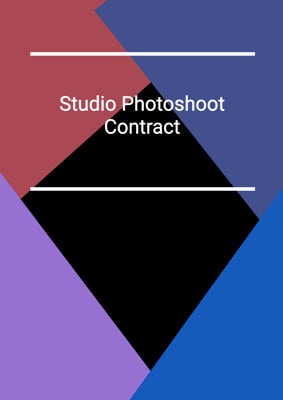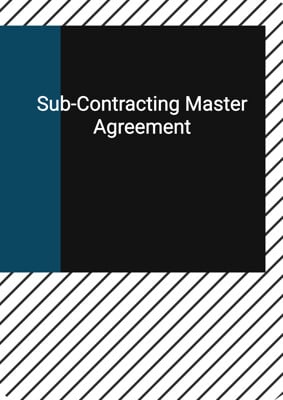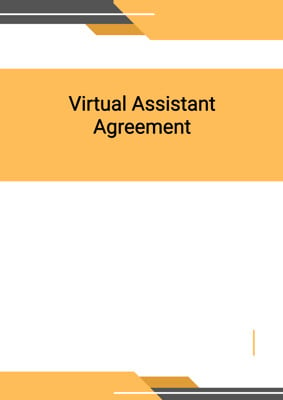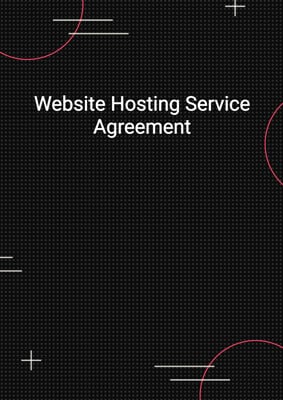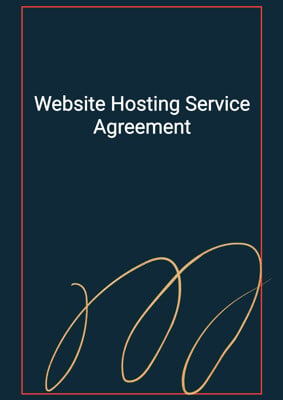How to Tailor the Document for Your Need?
01
Create Document
Fill in the details of the parties. You can click the "Fill with Member’s Information" button to complete it with information saved to your account.
02
Fill Information
Please fill in any additional information by following the step-by-step guide on the left hand side of the preview document and click the "Next" button.
03
Get Document
When you are done, click the "Get Document" button and you can download the document in Word or PDF format.
04
Review Document
Please get all parties to review the document carefully and make any final modifications to ensure that the details are correct before signing the document.
Document Preview
Document Description
This commissioning agreement for artistic works is a legally binding document that outlines the terms and conditions between the artist and the client. The agreement highlights the importance of the document by ensuring that both parties are clearly identified and aware of their obligations.
The entire document is divided into several sections, each addressing specific aspects of the agreement. The first section, titled 'Interpretation', provides definitions for key terms used throughout the agreement. This ensures that both parties have a clear understanding of the terminology used.
The second section, 'Artist's Obligations', outlines the responsibilities of the artist. It states that the artist agrees to provide the services in a professional and diligent manner, complying with all applicable laws and regulations. The section also emphasizes the importance of delivering high-quality artwork that meets industry standards.
The next section, 'Completion of the Work', emphasizes the importance of timely performance and sets expectations for the completion date. It also addresses the possibility of delays due to illness or incapacity and allows for extensions to be granted if deemed fair and reasonable.
The 'Revisions' section specifies the number of revisions the client is entitled to and the charges for additional revisions beyond the agreed amount.
The 'Fees' section outlines the payment terms, including the fee amount, invoicing process, and late payment charges. It also establishes a dispute resolution process for any invoice-related disputes.
The 'Independent Contractor' section clarifies that the artist is acting as an independent contractor and not as an employee or agent of the client. It states that neither party has the authority to bind or obligate the other.
The 'Warranties and Indemnities' section addresses the artist's performance and the client's right to report any defects. It also limits the artist's liability and includes indemnification provisions.
The 'Term and Termination' section specifies the duration of the agreement and the circumstances under which either party can terminate it. It also addresses outstanding balances and payment obligations upon termination.
The 'Ownership of Materials' section addresses intellectual property rights and the artist's right to name the work. It also outlines the client's obligations to credit the artist and allows the artist to use the work in their portfolio.
The 'Confidential Information' section establishes confidentiality obligations for both parties, ensuring that sensitive information is kept confidential.
The 'Announcements/Publicity' section requires prior approval for any announcements or disclosures related to the agreement.
The 'Amendment' section states that any variations to the agreement must be in writing and signed by all parties.
The 'Assignment' section prohibits the client from assigning the agreement without the artist's consent.
The 'Severability' section addresses the invalidity of any provision and the negotiation of substitute provisions.
The 'Further Assurance' section requires the parties to perform any additional acts or execute documents necessary to implement the agreement.
The 'Warranty of Capacity and Power' section confirms that each party has the authority and capacity to enter into and fulfill their obligations under the agreement.
The 'Force Majeure' section relieves the parties from liability for failure or delay in performing their obligations due to circumstances beyond their control.
The 'No Rights Under Contracts for Third Parties' section clarifies that only the parties to the agreement have the right to enforce its terms.
The 'Arbitration and Proper Law' section encourages amicable resolution of disputes and specifies the proper law governing the agreement.
The 'Notices and Service' section outlines the methods and timing of delivering notices between the parties.
The 'Counterparts' section allows the agreement to be executed in multiple counterparts, with each counterpart considered an original document.
How to use this document?
To use this commissioning agreement for artistic works, follow these steps:
1. Review the entire agreement to understand the terms and conditions.
2. Ensure that the document accurately reflects the identities of the artist and the client, including their principal places of business.
3. Familiarize yourself with the definitions provided in the 'Interpretation' section to understand the terminology used throughout the agreement.
4. Pay attention to the 'Artist's Obligations' section, which outlines the artist's responsibilities. Ensure that the artist agrees to provide the services in a professional and diligent manner, complying with all applicable laws and regulations.
5. Consider any specific requirements or specifications for the artwork described in 'Completion of the Work' section. Note the completion date and the possibility of extensions in case of delays.
6. Understand the limitations on revisions outlined in the 'Revisions' section. Take note of the charges for additional revisions beyond the agreed amount.
7. Review the 'Fees' section to understand the payment terms, including the fee amount, invoicing process, and late payment charges. Familiarize yourself with the dispute resolution process for invoice-related disputes.
8. Understand the independent contractor relationship established in the 'Independent Contractor' section. Note that neither party has the authority to bind or obligate the other.
9. Pay attention to the 'Warranties and Indemnities' section, which addresses the artist's performance and the client's right to report defects. Understand the limitations on the artist's liability and the indemnification provisions.
10. Review the 'Term and Termination' section to understand the duration of the agreement and the circumstances under which either party can terminate it. Note the payment obligations upon termination.
11. Understand the intellectual property rights and obligations outlined in the 'Ownership of Materials' section. Note the artist's right to name the work and the client's obligations to credit the artist.
12. Familiarize yourself with the confidentiality obligations in the 'Confidential Information' section. Ensure that sensitive information is kept confidential.
13. Review the 'Announcements/Publicity' section to understand the requirements for making announcements or disclosures related to the agreement.
14. Note the conditions for amending the agreement outlined in the 'Amendment' section. Any variations must be in writing and signed by all parties.
15. Understand the restrictions on assignment in the 'Assignment' section. Note that the client cannot assign the agreement without the artist's consent.
16. Review the 'Severability' section to understand the consequences of an invalid provision and the negotiation of substitute provisions.
17. Note the obligation to perform further acts and execute necessary documents in the 'Further Assurance' section.
18. Confirm that each party has the authority and capacity to enter into and fulfill their obligations under the agreement, as stated in the 'Warranty of Capacity and Power' section.
19. Understand the provisions for force majeure in the 'Force Majeure' section, which relieve the parties from liability for failure or delay due to circumstances beyond their control.
20. Note that only the parties to the agreement have the right to enforce its terms, as stated in the 'No Rights Under Contracts for Third Parties' section.
21. Familiarize yourself with the dispute resolution process outlined in the 'Arbitration and Proper Law' section.
22. Follow the guidelines for delivering notices between the parties as specified in the 'Notices and Service' section.
23. Keep in mind that the agreement can be executed in multiple counterparts, as stated in the 'Counterparts' section. Each counterpart is considered an original document.
Not the right document?
Don’t worry, we have thousands of documents for you to choose from:
